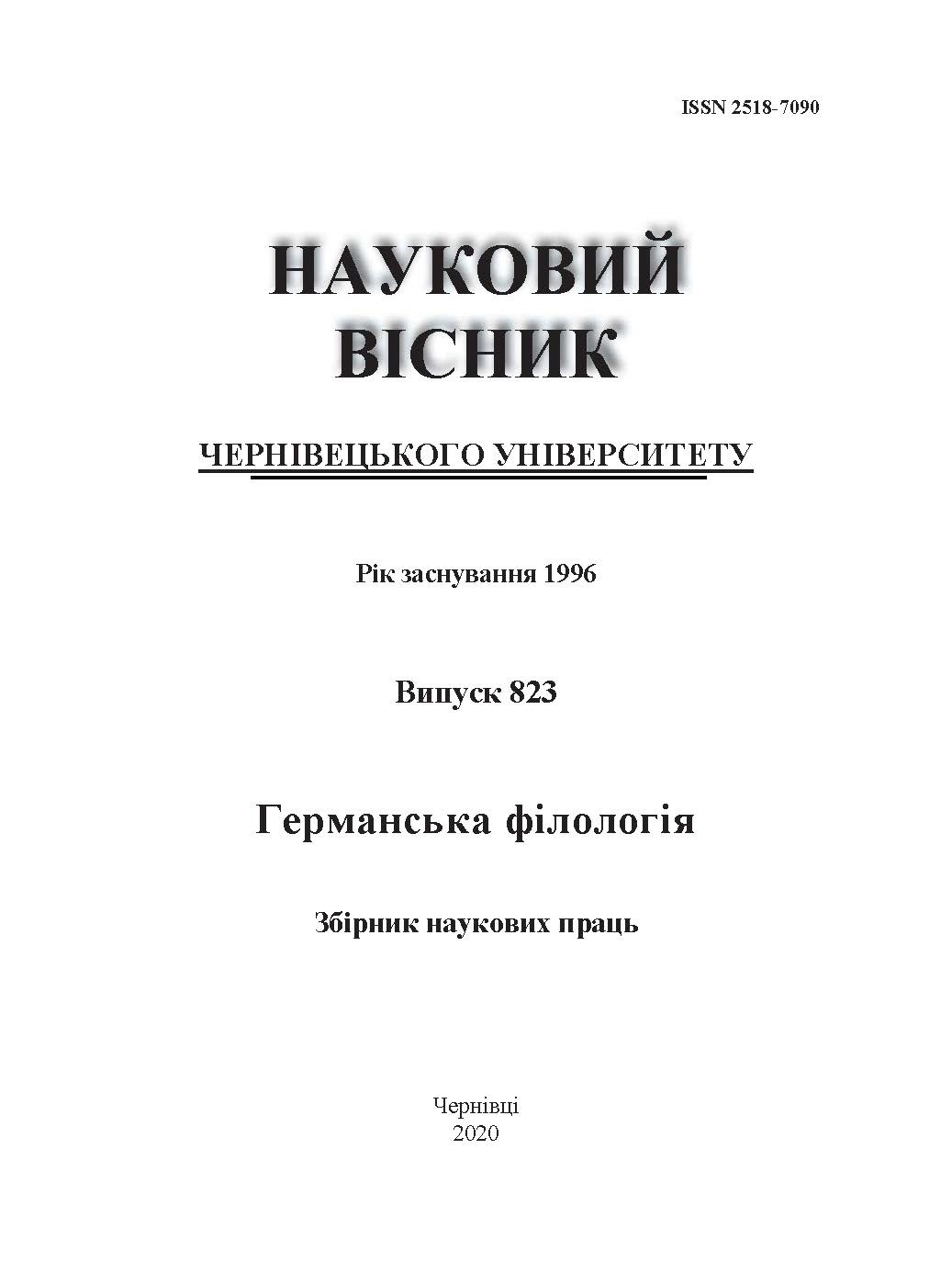IS DUMMY “IT” DUMMY IN DISCOURSE?
DOI:
https://doi.org/10.31861/gph2020.823.161-166Abstract
The substitution words like one, do, and it, etc. are frequently used in Modern English. The corpus analysis based on the BNC has registered 1045013 cases of “it” (the total –100mln) in Modern English. These units are traditionally considered semantically bleached, but they fill the position of the original units and corefer with them, accordingly, they are easily decoded from the semantics of the sentence or discourse. David Crystal also calls them prop words or dummy words and specifies that in the grammatial classification into parts of speech they refer to one or two of the postulated major classes classes. Empty words are said to refer to the words which have no lexical meaning and whose function, is solely to express grammatical relationship.This is also known as a syntactic expletive or a dummy subject. Whereas the following article is an attempt to prove the opposite.
The fact is that “it” synthesizes preceding textual information in order to contribute to the cohesive construction of texts” (Ariel, 1999), then the question of the status of “it” is rather debative and needs a thorough investigation. We can’t find an antecedent in thevsentence of the type It’s spring as well as in It’s snowing. Traditionally, the scholars state that referential pronouns must have an antecedent. But what is the antecedent of “it” in the given sentences – we believe in this case “it” represents the situation preceding, present or fututure based on our life and language experience.
Further studies may discuss several issues: the representation of this kind of pronoun on the syntactical, semantic, pragmatic and discourse levels within a contrastive framework.





